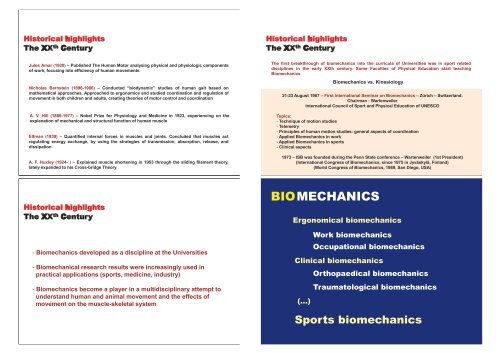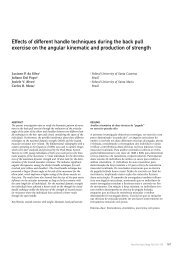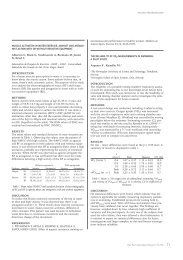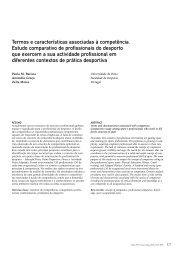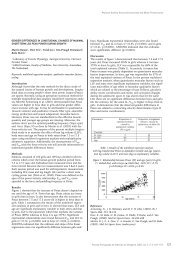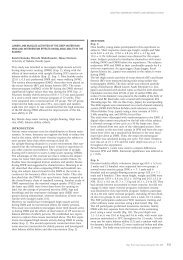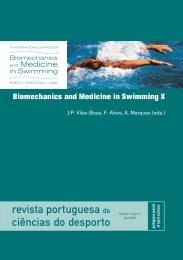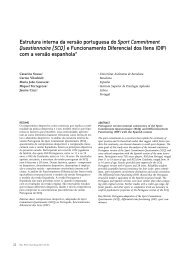Biomechanics
Biomechanics
Biomechanics
Create successful ePaper yourself
Turn your PDF publications into a flip-book with our unique Google optimized e-Paper software.
Historical highlights<br />
The XX th Century<br />
Jules Amar (1920) – Published The Human Motor analysing physical and physiologic components<br />
of work, focusing into efficiency of human movements<br />
Nicholas Bernstein (1896-1966) – Conducted “biodynamic” studies of human gait based on<br />
mathematical approaches. Approached to ergonomics and studied coordination and regulation of<br />
movement in both children and adults, creating theories of motor control and coordination<br />
A. V. Hill (1886-1977) – Nobel Prize for Physiology and Medicine in 1923, experiencing on the<br />
explanation of mechanical and structural function of human muscle<br />
Elfman (1939) – Quantified internal forces in muscles and joints. Concluded that muscles act<br />
regulating energy exchange, by using the strategies of transmission, absorption, release, and<br />
dissipation<br />
A. F. Huxley (1924- ) – Explained muscle shortening in 1953 through the sliding filament theory,<br />
lately expanded to his Cross-bridge Theory<br />
Historical highlights<br />
The XX th Century<br />
- <strong>Biomechanics</strong> developed as a discipline at the Universities<br />
- Biomechanical research results were increasingly used in<br />
practical applications (sports, medicine, industry)<br />
- <strong>Biomechanics</strong> become a player in a multidisciplinary attempt to<br />
understand human and animal movement and the effects of<br />
movement on the muscle-skeletal system<br />
Historical highlights<br />
The XX th Century<br />
The first breakthrough of biomechanics into the curricula of Universities was in sport related<br />
disciplines in the early XXth century. Some Faculties of Physical Education start teaching<br />
<strong>Biomechanics</strong><br />
<strong>Biomechanics</strong> vs. Kinesiology<br />
21-23 August 1967 – First International Seminar on <strong>Biomechanics</strong> – Zürich – Switzerland.<br />
Chairman : Wartenweiler<br />
International Council of Sport and Physical Education of UNESCO<br />
Topics:<br />
- Technique of motion studies<br />
- Telemetry<br />
- Principles of human motion studies: general aspects of coordination<br />
- Applied <strong>Biomechanics</strong> in work<br />
- Applied <strong>Biomechanics</strong> in sports<br />
- Clinical aspects<br />
1973 – ISB was founded during the Penn State conference – Wartenweiler (1st President)<br />
(International Congress of <strong>Biomechanics</strong>, since 1975 in Jyväskylä, Finland)<br />
(World Congress of <strong>Biomechanics</strong>, 1989, San Diego, USA)<br />
BIO MECHANICS<br />
Ergonomical biomechanics<br />
Work biomechanics<br />
Occupational biomechanics<br />
Clinical biomechanics<br />
(...)<br />
Orthopaedical biomechanics<br />
Traumatological biomechanics<br />
Sports biomechanics


